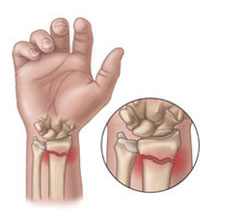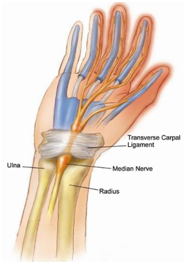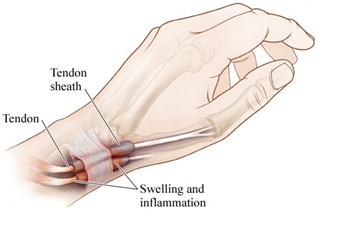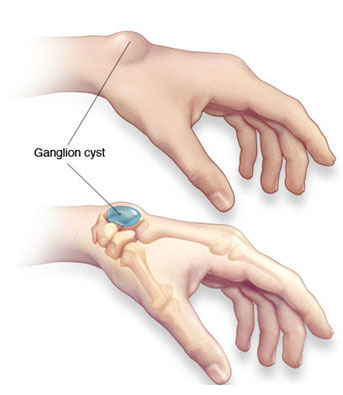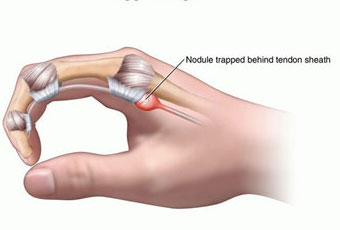Hand & Wrist
WRIST FRACTURE
Wrist fractures often involve the distal radius. The radius is the larger of the two bones in the forearm. Fractures in this area have a variety of classifications and treatment depends on location of the fracture, displacement of the bone, and joint involvement. Symptoms include pain, swelling, bruising, and possible wrist deformity. Diagnosis is confirmed by X-ray and CT scans.
If the fracture is not significantly displaced, a cast can be placed for 4-6 weeks to provide stabilization while the fracture heals. Displaced fractures, fractures with multiple bone fragments, or fractures with joint involvement likely will require surgery using plates and screws to hold the fracture in alignment and allow for healing. After removal of the cast physical therapy is initiated to regain motion and strength.
CARPAL TUNNEL SYNDROME
Carpal tunnel syndrome is a common cause of numbness and tingling in the hand. It is more common in womens’ than man and often affects those that do a lot of repetitive gripping, grasping, twisting, and typing. The carpal tunnel is a narrow canal in the wrist where the median nerve passes through. The median nerve is responsible for giving sensation to your thumb, index finger, middle finger, and thumb-side of your ring finger. When this nerve gets compressed, sensation in these areas is decreased and numbness and tingling results.
Most common symptoms include numbness in the hand, achiness about the wrist, nighttime pain, and decreased grip strength. Diagnosis is confirmed through physical exam as well as nerve conduction studies that measure the function of the median nerve.
A variety of treatments exist for this condition. Bracing and activity modification are usually first line. Anti-inflammatory medications also help. There is the option of cortisone injection into the carpal tunnel area as well as physical therapy.
If symptoms continue despite conservative care, surgical release of the carpal tunnel can be performed. This involves surgically opening up the carpal ligament that lies over the median nerve to release pressure off the nerve and resolve symptoms.
DE QUERVAIN’S TENOSYNOVITIS
De Quervain’s tendinosis is inflammation of two tendons at the base of the thumb. Symptoms occur from overuse and pain is typically when making a fist or gripping and grasping. Diagnosis is made via physical exam.
Treatment consists of activity modification and bracing as well as reducing inflammation. This can be done using anti-inflammatory pills or with a cortisone injection into this area. Physical therapy is also an option.
If symptoms persist, surgical release of the tendon sheaths is done to give these tendons more room to move back and forth without pain.
GANGLION CYST
Ganglion cysts are very common and most often occur in the hand and wrist. They are not dangerous and often resolve on their own. They usually form after trauma or can occur from overuse. Cysts are usually asymptomatic but if large enough can be painful. If they are large, painful, or in a position that restricts motion they may require treatment. Diagnosis of these cysts is through physical exam, although MRIs are helpful as well.
Treatment includes aspiration of cyst fluid with introduction of a small amount of cortisone into the cyst sac to hopefully reduce recurrence. Unfortunately, recurrent cysts are common. Should cyst return, surgical resection of the cyst is discussed. This involves surgically removing the entire cyst sac and stalk to prevent cyst from reforming.
TRIGGER FINGER
Trigger finger is a condition that affects the tendons in your fingers and/or thumb. Overuse of the hands can cause inflammation and thickening of these tendons. Thick tendons get caught under their tendon sheaths and cause locking of the finger in the bent position. This can occur in any finger and can be present in more than one finger at a time. Symptoms include locking or triggering of the finger with the finger getting stuck in the bent position. Diagnosis is made with physical exam.
Treatment consists of reducing inflammation and is best accomplished with a cortisone injection around the tendon. If symptoms persist, surgical release of the tendon sheath can be performed.

